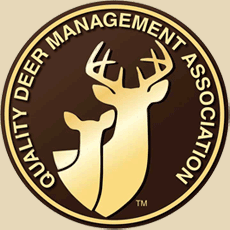The Timber Harvest part 2
During the process of the harvest – actually the “pre-harvest” is the time when a good cruising of the timber must take place. This activity is generally done by the land manager. This process will enable the land manager to make estimates on the size of trees you have, and their estimated value.
For the novice there are several prices for timber to be considered, starting with the smallest to biggest – there are; Pulp, chip and saw, saw timber, small poles and big poles. The prices paid per ton are based solely on the size of your specific trees. Good land managers will work hard to get the most of your forest of trees. Meaning that no one forest has all of any of these sizes, the sale will include in most cases portions of all sizes of trees.
On a recent TSI a land owner was sharing with me his experience with the land manager who brought in several buyers to look at the trees. The buyers then entered into a bidding war to get his small poles. (at least 13” and 30’ tall) once the dust settled, the purchaser of the poles when though the forest and marked each tree he wanted for small poles. Measuring and marking every tree is very time consuming and labor intensive, however for the landowner this is work that is very worthwhile. The buyer does the work, and the landowner will benefit immensely from the sale of poles. Too many loggers will simply throw these into the chip and saw or saw timber pile and while you will get paid for them, the price is very different. Often the price paid for poles is 30%-50% more than paid for saw timber or chip and saw.
Once the poles are marked, the buyer will be able to provide an estimate of overall value. They know how many trees they marked and have an estimate of the value of each. The landowner should ask for and receive this information prior to cutting.
After poles are marked, the final cruise takes place. This is where the land manager will walk the property and measure a percentage of trees to provide an estimate of the overall tonnage value. For example, a rule of thumb is to cruise 20% of the property and take a measurement of all sizes of trees to give the landowner an estimated value to expect from the harvest. (NOTE: Timber is a commodity and prices fluctuate regularly – this is only an estimate) However it will provide the landowner a ball park for budgeting purposes.
If the landowner is planning on replanting the harvested trees, it’s imperative to also get from the land manager the estimated cost of replanting the trees in the beginning of the process. (Next posts will cover the land prep and replanting process)
Remember that as the landowner, these are your trees and you hold the cards in selling them. You do not have to accept the price offered. You can always ask for additional quotes or prices. If you are not happy with the prices offered, solicit more bids, ask your land manager to push for more. But mostly, make sure that every tree is accounted for. Never allow them to sell trees for less than the value. If you have poles then get pole prices, if you have chip and saw, don’t let them throw them into pulp. Doing so keeps money out of your pocket and puts it in the loggers. By understanding the process, you can better take care of your land.




